

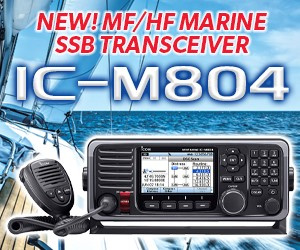


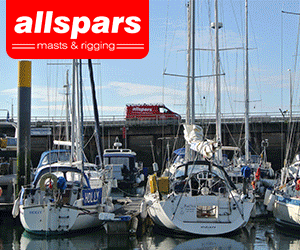

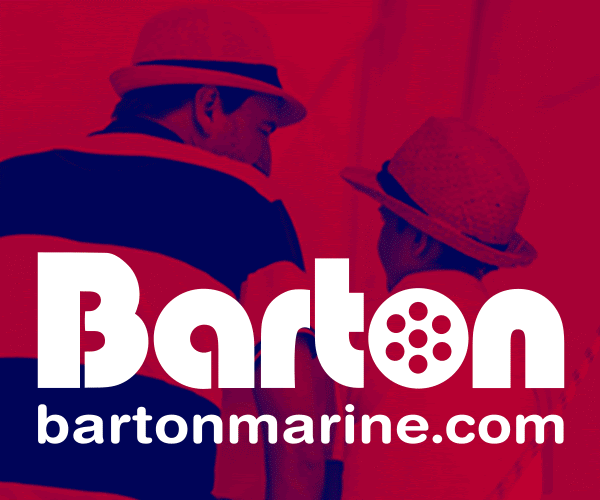



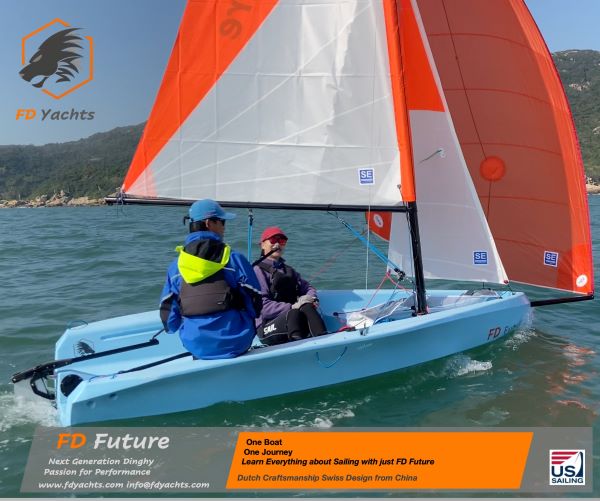

Boats for sale
| Laser 28 - Excellent example of this great design Hamble le rice |
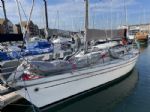 |
| Rossiter Pintail Mortagne sur Gironde, near Bordeaux |
 |
List classes of boat for sale |
Weight equalisation |
Post Reply 
|
Page <1 23456 13> |
| Author | ||
iGRF 
Really should get out more 
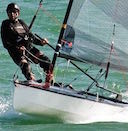
Joined: 07 Mar 11 Location: Hythe Online Status: Offline Posts: 6499 |
 Post Options Post Options
 Quote Quote  Reply Reply
 Topic: Weight equalisation Topic: Weight equalisationPosted: 02 Jan 22 at 11:52pm |
|
I don't think so, a plank surely is applying the moment through the hull. A wire is using the additional leverage of the mast height. Having a higher hook wouldn't that be like sitting further out on the plank? The plank acts like a lever, but is shorter and lower down, say what 2-3 mtrs? Doesn't The trapeze wire transfer the weight application to the mast, which in turn levers the boat, or at least counters the sail pressure, the mast is what 5 mtrs? Someone clever needs to do the maths and prove it to me. Because all my instincts tell me to use a higher hook. Edited by iGRF - 02 Jan 22 at 11:55pm |
||
 |
||
423zero 
Really should get out more 
Joined: 08 Jan 15 Location: United Kingdom Online Status: Offline Posts: 3420 |
 Post Options Post Options
 Quote Quote  Reply Reply
 Posted: 03 Jan 22 at 12:00am Posted: 03 Jan 22 at 12:00am |
|
|
You are thinking about pulling the boat over if you were standing on the ground, the higher the rope the more leverage you have. When trapezing and you are horizontal, height of cable makes no difference, you are ten stone on a plank and ten stone when using wire and core strength to stay out flat.
|
||
|
Robert
|
||
 |
||
ohFFsake 
Far too distracted from work 
Joined: 04 Sep 08 Location: United Kingdom Online Status: Offline Posts: 219 |
 Post Options Post Options
 Quote Quote  Reply Reply
 Posted: 03 Jan 22 at 1:35am Posted: 03 Jan 22 at 1:35am |
|
Sorry, but your instincts is all wrong!
In terms of applying righting moment the use of the mast is entirely incidental. It's there to hang the sails on which happens to make it a convenient place to hook a trapeze to but that's as far as it goes. Once you are hooked on you are just part of a static system in equilibrium, and as someone else pointed out you would have the exact same righting moment if you were lying on a plank. The only thing that affects your righting moment is how far away from the centreline your body mass is, and altering the position of your hook doesn't change that. |
||
 |
||
mongrel 
Far too distracted from work 
Joined: 27 Aug 08 Online Status: Offline Posts: 304 |
 Post Options Post Options
 Quote Quote  Reply Reply
 Posted: 03 Jan 22 at 7:03am Posted: 03 Jan 22 at 7:03am |
|
|
If you move the hook position higher up your body, I think youíd risk damaging your back.
Also, with a high hook on the harness, in a lull where youíd sit up in the harness (and/or bend your knees) your ass would end up in the water, especially on a Contender with low freeboard. (iGRF - Have you got any pictures of your Contender to post on here yet?)
|
||
 |
||
Oatsandbeans 
Far too distracted from work 
Joined: 19 Sep 05 Location: United Kingdom Online Status: Offline Posts: 382 |
 Post Options Post Options
 Quote Quote  Reply Reply
 Posted: 03 Jan 22 at 8:01am Posted: 03 Jan 22 at 8:01am |
|
|
Exactly right-the only thing that matters for the righting moment is the distance from the centre line to the centre of mass of the sailor. You donít have to think about anything else it will just confuse your thinking (a bit like the lee bow effect conundrum!)
|
||
 |
||
Paramedic 
Really should get out more 
Joined: 27 Jan 06 Location: United Kingdom Online Status: Offline Posts: 929 |
 Post Options Post Options
 Quote Quote  Reply Reply
 Posted: 03 Jan 22 at 8:06am Posted: 03 Jan 22 at 8:06am |
|
|
So:
If the height of the wire on the mast makes no difference why bother with a trapeze at all? If the angle of the wire to the body (Position of the wire on the body effectively) doesn't make a difference why not just trapeze off the centreboard case all of the time and reduce your windage? A higher hook on the body must make a difference but isn't practical and probably doesn't make enough difference to make the impracticalities worth dealing with.
Edited by Paramedic - 03 Jan 22 at 8:07am |
||
 |
||
Paramedic 
Really should get out more 
Joined: 27 Jan 06 Location: United Kingdom Online Status: Offline Posts: 929 |
 Post Options Post Options
 Quote Quote  Reply Reply
 Posted: 03 Jan 22 at 8:13am Posted: 03 Jan 22 at 8:13am |
|
So if you aren't pulling on the mast why does the windward shroud go slack in marginal trapezing conditions? The effect may be negligible but there simply must be one beyond positioning the body further out.
|
||
 |
||
Oatsandbeans 
Far too distracted from work 
Joined: 19 Sep 05 Location: United Kingdom Online Status: Offline Posts: 382 |
 Post Options Post Options
 Quote Quote  Reply Reply
 Posted: 03 Jan 22 at 8:19am Posted: 03 Jan 22 at 8:19am |
|
|
If you sit on the side then put your weight on the wire, yes the tension in the shroud will reduce as the mast is now supported by two wires. Not quite sure how this helps.
|
||
 |
||
tink 
Really should get out more 
Joined: 23 Jan 16 Location: North Hants Online Status: Offline Posts: 789 |
 Post Options Post Options
 Quote Quote  Reply Reply
 Posted: 03 Jan 22 at 8:25am Posted: 03 Jan 22 at 8:25am |
|
|
How sail boats work (simplified)
Imagine all the sail forces act from a point F1 a distant D1 above the centre of buoyancy of the hull (red dot) The sailors weight acts about F2 a distance D2 horizontal from the centre of buoyancy To stop swimming F1 x D1 must equal F2 x D2 The wire is completely irrelevant 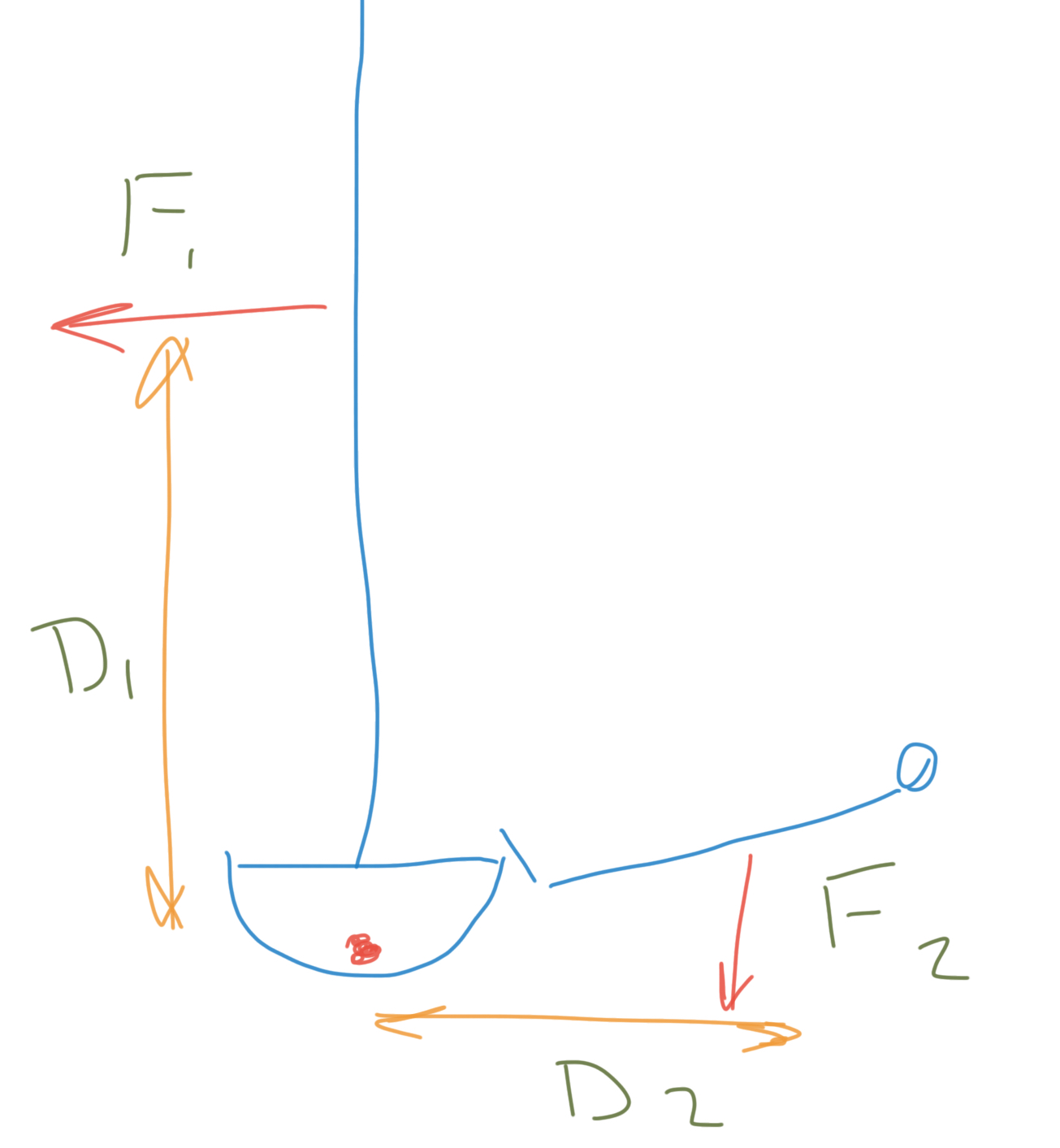 Edited by tink - 03 Jan 22 at 8:26am |
||
|
Tink
https://tinkboats.com http://proasail.blogspot.com |
||
 |
||
Oatsandbeans 
Far too distracted from work 
Joined: 19 Sep 05 Location: United Kingdom Online Status: Offline Posts: 382 |
 Post Options Post Options
 Quote Quote  Reply Reply
 Posted: 03 Jan 22 at 8:49am Posted: 03 Jan 22 at 8:49am |
|
|
The shrouds donít really come into this. The loads are balanced when the rig tension is applied and yes the windward oneís tension will change whilst sailing it doesnít contribute to the heeling effects. The simplest way to get your head around this ( probably been said earlier) is to see the problem as two balanced moments (turning forces) one from the rig and the centreboard and the other from the crew weight and the hull buoyancy.
|
||
 |
||
Post Reply 
|
Page <1 23456 13> |
| Forum Jump | Forum Permissions  You cannot post new topics in this forum You cannot reply to topics in this forum You cannot delete your posts in this forum You cannot edit your posts in this forum You cannot create polls in this forum You cannot vote in polls in this forum |
Bulletin Board Software by Web Wiz Forums® version 9.665y
Copyright ©2001-2010 Web Wiz
Change your personal settings, or read our privacy policy
Copyright ©2001-2010 Web Wiz
Change your personal settings, or read our privacy policy











 Printable Version
Printable Version Delicious
Delicious Digg
Digg Facebook
Facebook Furl
Furl Google
Google MySpace
MySpace Newsvine
Newsvine reddit
reddit StumbleUpon
StumbleUpon Twitter
Twitter Windows Live
Windows Live Yahoo Bookmarks
Yahoo Bookmarks Topic Options
Topic Options